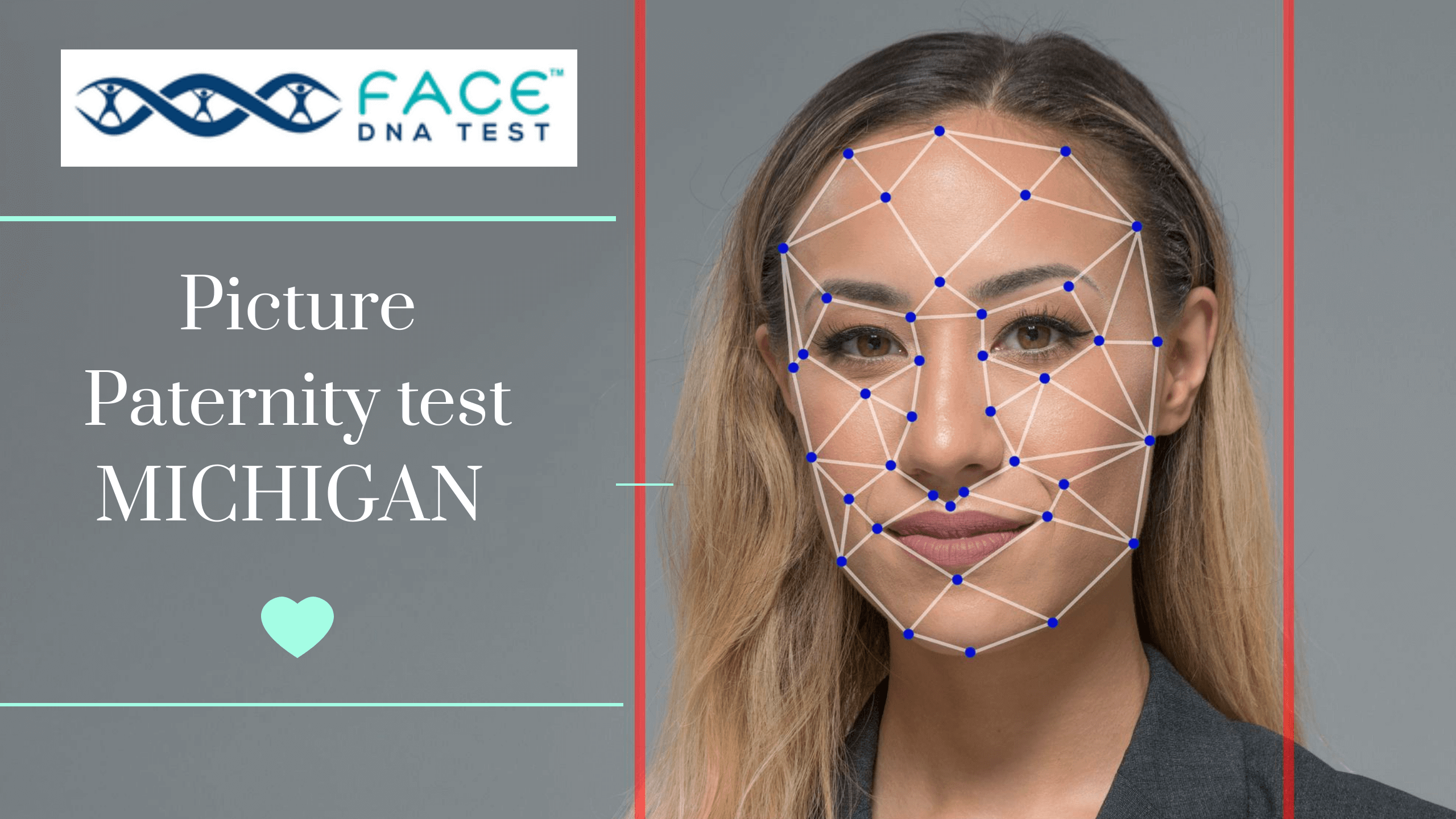What colour are my eyes photo test?

The world is progressing around our fingertips. With each click, we get to have numerous things in our hands. Our irises’ colors are a genetic marvel that has captivated researchers, artists, and people for generations; they are more than just a matter of aesthetics.
Every person has distinctive qualities and different attributes related to physical appearance. But eyes are the most captivating attention of human beings. Each person’s distinctive eye color is woven into a tapestry by the complex dance of genetics, light, and perception. This article delves into the fascinating world of eye colors and eye color paternity tests and explores their origins, evolution, and cultural importance.
The genetics and blueprint of eye color
A person’s eye color results from the pigmentation of a structure called the iris, which surrounds the small black hole in the center of the eye (the pupil) and helps control how much light can enter the eye. The color of the iris ranges on a continuum from very light blue to dark brown. Most of the time, eye color is categorized as blue, green/hazel, or brown. Brown is the most frequent eye color worldwide.
The melanin connection
Variations in a person’s genes determine eye color. Most genes associated with eye color produce, transport, or store a pigment called melanin. Eye color is directly related to the amount of melanin in the front layers of the iris. People with brown eyes have a large amount of melanin in the iris, while people with blue eyes have much less of this pigment.
To date, eight genes that impact eye color have been identified. The OCA2 gene on chromosome 15 plays a major role in controlling the brown/blue color spectrum. OCA2 produces a protein called P-protein that is involved in the formation and processing of melanin. OCA2 alleles (versions of the gene) related to eye color alter P-protein levels by controlling the amount of OCA2 RNA generated. The allele that results in high levels of P-protein is linked to brown eyes. Another allele associated with blue eye color dramatically reduces the P-protein concentration.
Eye color and heredity
By genetic inheritance, the DNA of a child is composed of half of the genes from his father and the other half from his mother. In other words, a person’s genetic profile is the association of 46 chromosomes randomly inherited from the biological parents. The chromosomes are ordered in pairs, each containing a DNA molecule from the parent. The DNA molecule has segments that can provide specific functions to the cells, called genes.
These genes, which also work in pairs, determine many physical characteristics, including eye color. The genes in the cells of the iris control melanin production, the dark pigment that makes eye color darker.
How is eye color determined?
Eye color major role in the beauty of the face and eyes. It enhances beauty by adding beautiful colors. It is a significant question for many people how eye color is determined. With the advancement of the world and technology, we have eye color paternity tests in Face DNA. Eye color depends on the combination of 2 major genes inherited from our parents; if we do not consider the different possibilities of genetic mutations or external factors, that can also play a role in the perception of color.
– The Br gene, which groups the brown color “B” and blue color “b.”
– The Ve gene, which includes the green “V” color and the blue “b” color
The Br gene is located on chromosome 15, while the Ve gene is on chromosome 19
During this combination, there is a rule of dominance between the genes that plays a role in the observable physical characteristic. Genes that generate large amounts of melanin, creating brown eyes, are therefore dominant over genes that cause lower amounts of melanin, responsible for blue eyes. Recessive genes, like blue, are only expressed without a dominant gene.
– The brown “B” gene is dominant over the green “V” gene and the blue “b” gene
– The green “V” gene is dominant over the blue “b” gene
– The blue “b” gene is recessive to the brown “B” and green “V” genes
Thus, when you inherit a brown eye gene, it will naturally dominate over the blue eye genes, making you more likely to have brown eyes.
Can we predict the color of a baby’s eyes?
Eye color is a polygenic characteristic. Multiple genes are responsible, making a conclusion based on observation alone less likely. You can easily predict the color of the baby like a paternity test. Eye color paternity tests can help you expect the baby’s eye color because you must consider that it is possible to inherit a recessive gene not observable in the parents but which can bring out a new color in the child.
Eye color was attempted to be determined by a color chart similar to the one pictured below. The idea is to calculate the percentage of eye color a child is most likely to have, based on the parent’s eye color. The main ideas are primarily true, where parents who exhibit the same eye color are likelier to pass on that same color to children, with brown color dominating over lighter-colored eyes.
| Probability of Eye Color Chart | ||||
|---|---|---|---|---|
| Parent 1 | Parent 2 | Blue | Green | Brown |
| Blue | Blue | 99% | 1% | <1% |
| Blue | Green | 50% | 50% | <1% |
| Blue | Brown | 50% | <1% | 50% |
| Green | Green | 25% | 75% | <1% |
| Green | Brown | 12% | 38% | 50% |
| Brown | Brown | 19% | 7% | 75% |
Eye Color and Health
A baby’s eye color may also reveal congenital diseases (diseases you’re born with) and other conditions.
Waardenburg Syndrome
Heterochromia, in which a person has two different colored eyes, can be a sign that a person has Waardenburg syndrome. Heterochromia often presents as one blue eye and one brown eye.
Waardenburg syndrome is a genetic condition that can cause hearing loss in one or both ears. People with Waardenburg syndrome may also be born with very pale eyes or one eye with two colors. On the contrary, having multiple colors within the same eye—known as central heterochromia (or tie-dye eyes)—is not associated with health problems.
Ocular Albinism
Very pale blue eyes may be caused by ocular albinism. This is when there is absolutely no pigment in the iris. As an X-linked recessive disorder, ocular albinism occurs almost exclusively in men. This is because men have one X and one Y sex chromosome. The gene for the condition is on the X chromosome. So, in men, the gene for the condition will be expressed even though it’s recessive.
Women, on the other hand, have two X sex chromosomes so they may be carriers. They may have one gene for ocular albinism that is hidden by another normal gene. So they may not have the condition themselves but can pass on the gene for it.
Aniridia
A baby also may be born missing all or part of their iris, a genetic condition known as aniridia.
Aniridia is bilateral, meaning that it affects both eyes at the same time. The condition causes the pupil to appear much larger and unevenly shaped. Eyes affected by aniridia have difficulty adjusting to light, resulting in blurry vision and light sensitivity.
Mutations in the PAX6 gene cause aniridia. This gene is essential in forming tissues and organs during an embryo’s development.
Will I have a blue eye child?
The laws of genetics state that eye color is inherited as follows:
- If both parents have blue eyes, the children will have blue eyes.
- If both parents have brown eyes, a quarter of the children will have blue eyes, and three-quarters will have brown eyes.
- The brown eye form of the eye color gene (or allele) is dominant, whereas the blue eye allele is recessive.
It then follows that if a child born to two blue-eyed parents does not have blue eyes, then the blue-eyed father is not the biological father. It is, therefore, reasonable to expect that a man would be more attracted to a woman displaying a trait that increases his paternal confidence and the likelihood that he could uncover his partner’s sexual infidelity.
Final words
Your baby’s eye color is determined by genetics. Eye color is a combination of pigments produced in the stroma. Brown eyes have more melanin than green or hazel eyes. Blue eyes have minimal pigment. The mix of genes inherited from each parent determines which pigments are produced and the baby’s eye color. These genes can also lead to certain conditions. Face DNA helps you in eye color paternity tests and tells you the eye color of the child within a short span of time. The fascinating world of eye colors is proof of the complex interplay between human perception, light, and genetics. Each color has a unique tale, from the richness of brown to the mystery of grey. We are reminded that our eyes are not only windows to the soul but also entranceways to the fascinating science that shapes who we are as we look into the brilliant kaleidoscope of humanity.



